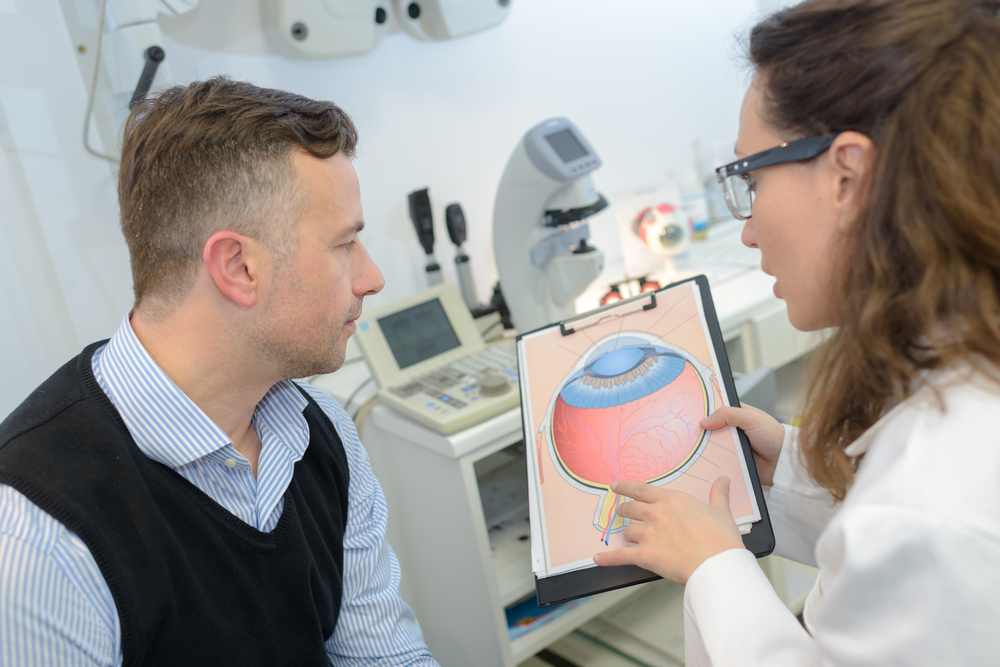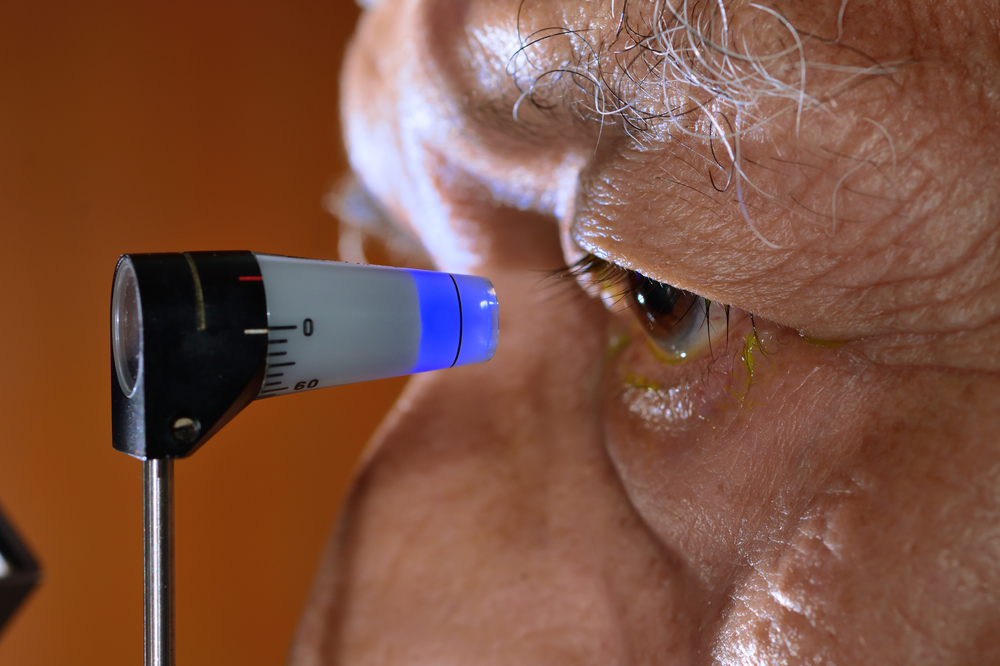Are There Different Types of Glaucoma?
Glaucoma is an eye condition that damages the optic nerve. This nerve sends visual information from your eye to your brain.
Some types of glaucoma happen when there is too much fluid pressure inside the eye. Others happen because the fluid drainage channels are blocked off.
Understanding the differences between these types is important so eye doctors can give you the right diagnosis and treatment to prevent vision loss. Keep reading to learn more about glaucoma, including the different types!
What Exactly Is Glaucoma?

Glaucoma is a group of eye conditions that damage the optic nerve. The optic nerve is responsible for sending messages from the eyes to the brain, so it’s a key component of seeing clearly.
Often, glaucoma happens because of fluid accumulation in the eye. All this extra fluid creates too much pressure, known as intraocular pressure.
Over time, the increased pressure can permanently damage the optic nerve and even cause blindness. While fluid build-up is a common cause of glaucoma, it’s possible to have completely normal eye pressure and still have glaucoma.
This can occur because of an injury or other eye condition. To prevent permanent vision loss, it’s vital to seek treatment for glaucoma early on.
Different types of glaucoma have unique causes and presentations. So, let’s review some of the most common types of glaucoma and the symptoms of each.
What Is Open-Angle Glaucoma?
Open-angle glaucoma is the most common type of glaucoma. Of all the Americans with glaucoma, around ninety percent have open-angle glaucoma.
This condition happens because of issues within the eye’s drainage channels. Even if they seem to be working, fluid can build up slowly in the eye and impact the optic nerve.
Unfortunately, open-angle glaucoma is hard to identify on your own. Many people can have open-angle glaucoma for years without noticing any symptoms or vision changes.
If symptoms do occur, they may be minimal. Some symptoms include patchy blind spots in your peripheral vision.
Some people also notice problems with their central vision. If this happens, vision is likely permanently damaged, and the condition is likely very advanced.
Because of this, regular eye exams are the most effective way to catch open-angle glaucoma before it worsens and permanently damages your vision. Even if you do notice any vision changes, it’s always wise to see your eye doctor regularly to ensure you are not at risk for vision loss.
What Is Narrow-Angle Glaucoma?
While narrow-angle glaucoma isn’t nearly as common as open-angle, it can be very serious. Narrow-angle glaucoma can turn into angle-closure glaucoma and cause rapid vision loss.
Because it can occur so suddenly, angle-angle glaucoma may present with more acute symptoms. This kind of glaucoma is rare but happens when the angle between the iris and cornea is too small.
When this area narrows or closes, it can block drainage canals in the eye. In turn, this creates increased pressure on the optic nerve.

Symptoms of narrow-angle glaucoma include:
- Eye pain
- Headaches
- Halos around lights
- Red eyes
- Blurred vision
- Nausea
Narrow-angle glaucoma and angle-closure glaucoma can be serious. So, if you have any of these symptoms, seek care right away.
What Do I Need To Know About Low-Tension Glaucoma?
While it might not be as common, it’s entirely possible to experience glaucoma without having abnormal eye pressure. Normal-tension or low-tension glaucoma occurs when eye pressure falls within the normal range, but it might still be too high for the person’s eye to handle.
Your eye doctor will be able to tell you if you are at risk for low-tension glaucoma during your annual eye exams. If you are, your eye doctor will monitor your eyes and your vision to ensure treatment isn’t necessary or begin a treatment plan when necessary.
What Risk Factors For Glaucoma Should I Know About? 
Glaucoma impacts millions of Americans. While it’s not possible to prevent glaucoma, you can know about factors that increase our likelihood of developing this eye condition.
If you have any of the following risk factors, it’s critical to see an eye doctor regularly so they can screen for glaucoma:
- You have a family history of glaucoma
- You’ve had a previous eye injury or eye surgery
- You have diabetes
- You have farsightedness or nearsightedness
- You have been using corticosteroids for long periods
If you have any of the risk factors for glaucoma, it is essential that you visit your eye doctor regularly for eye exams.
Request An Eye Exam Today
If you have any glaucoma symptoms, the best way to prevent further vision loss and damage is to set up an eye exam.
At Complete Eyecare West, your eye doctor can diagnose glaucoma and determine which type you have. From there, they will come up with a treatment plan customized to you.
These plans usually begin with eye drop treatments but can also include laser procedures or surgery.
Do you have a family history of glaucoma? Schedule an appointment at Complete Eyecare West in Columbus, OH, today!








